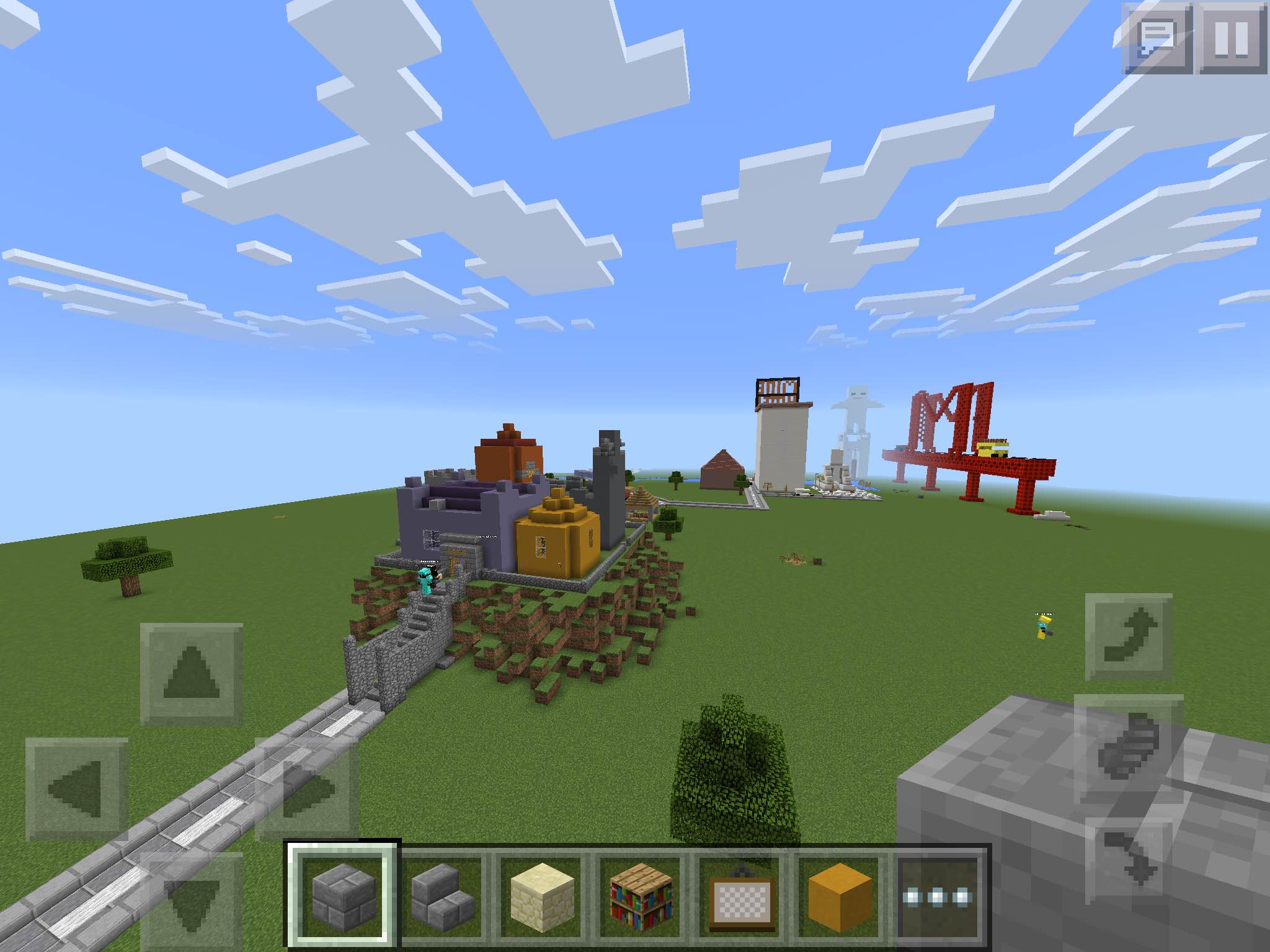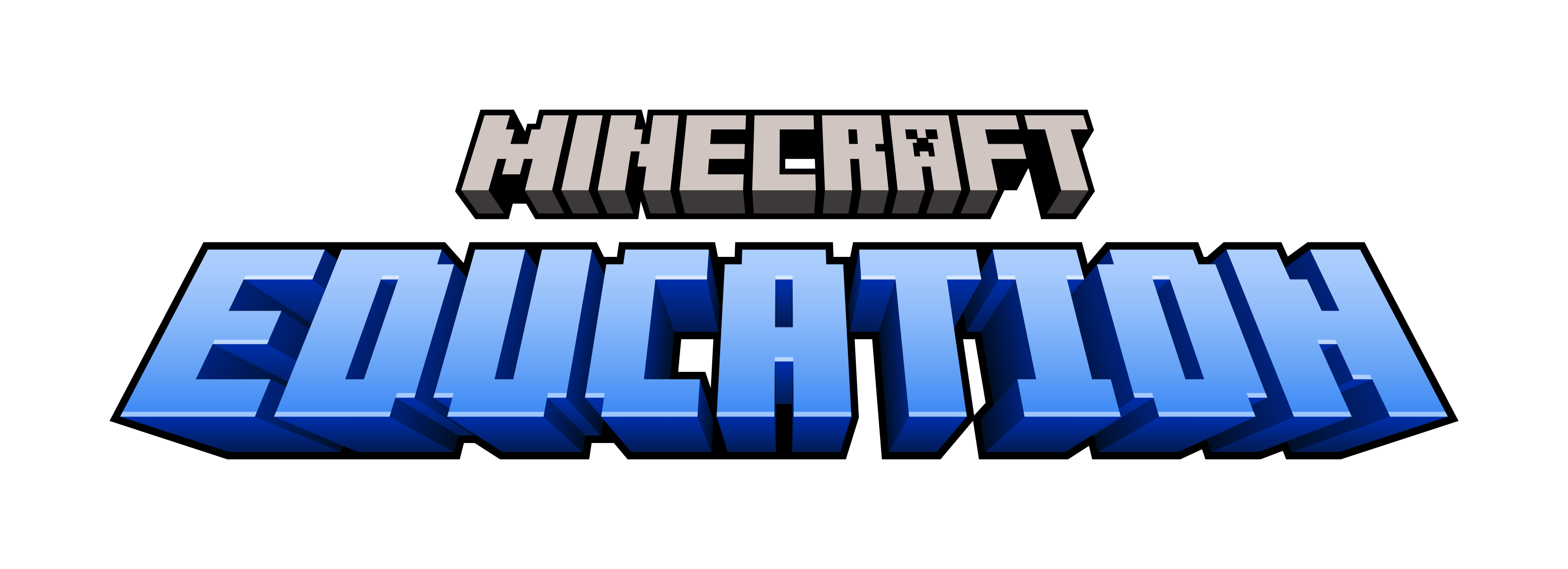A country in the making: Learning about architecture, geography, culture and national heritage through Minecraft

Experts on game-based learning say that children, and humans in general, make sense of the world around them through play. With Minecraft, however, we get to build the world itself through play. And that’s exactly what me and my students did when we first decided to introduce Minecraft into the classroom. In January last year, our school received an invitation to participate in an international collaborative project called “My country, your country”, organized by the Asia-Europe Classroom Network, under the direct support of the Asia-Europe Foundation. In “My Country, Your Country”, students from schools around the world were invited to create their country geographically through Minecraft and/or Kodu. The objective was to offer students an interactive and fun way to study the geography and landscape of the ASEM member countries by visiting each other’s worlds, as well as foster collaboration among the students, build understanding among the participants and minimize stereotypes. I always wanted to bring Minecraft to my school and my students and this looked like the perfect opportunity to do so, through a well-structured international project that I considered to be the missing piece in convincing the school to do so. We decided that the actual activity would take place on a weekly base during the “My Time” afternoon, a day of the week where the students of the 5th, 6th and 7th grade are divided in groups and participate in various project-based activities prepared by their classroom teachers. For this particular activity, 30 students were pre-selected to participate and a classroom was made available for the duration of the whole project. Since all students starting from the 4th grade had an iPad at their disposal, and most of them already had Minecraft installed on their devices, fulfilling this requirement was very easy and costless. And that it how Minepark was born, a weekly classroom activity where students could participate in projects involving Minecraft, in an iPad 1 to 1 environment. Our first assignment: to build Portugal! A couple of weeks in the project and we already had established a solid workflow: ¥ Students could choose to work on a specific monument or help shape a region based on its natural characteristics. ¥ Students could choose who they would work with, and whenever possible join in ¥ with other groups. ¥ Students had to thoroughly research their project before building it by checking out pictures and videos of the real location using the internet. ¥ Students had to finish any current project before moving to the next. The following weeks were basically on autopilot, with me assuming a facilitator's role, giving only some instructions and helping groups orientate their projects. To assess the learning taking place and make sure students were demonstrating this learning correctly inside Minecraft, we invited our History and Geography teacher, Joana Simas, to the project. Joana introduced to the students specific curricular aims and objectives, as required by the National Curriculum Standards, and made sure that students were exploring accurate content. This synergy brought a whole new level of immersion and learning to the project, and we started to identify the pedagogical impact it was having to students. From the completion of specific curricular goals to the fine-tuning of the 21st century skills, project planning and complex problem solving, team management and distribution of tasks, the learning was real and overwhelming in a variety of disciplinary areas. In geography, students studied terrain, biomes, regions and maps. In history, they were exposed to accurate historical data, culture and their national heritage. And in maths, the students analyzed area, perimeter and volume. This project went far beyond our expectations. In the end we all knew that we worked hard to build our first world and everyone understood that it only became possible because of group work, collaboration and communication between everyone involved. What we achieved was extraordinary and what we learned on the way about each other and ourselves was and will remain priceless. Here is a short video summarizing all the work that went into this project. Please enjoy!  Kyriakos holds a Music Education & Didactics degree and a Master of Choir Conducting from Charles University in Prague. Currently, he works as Head of EdTech at PaRK International School in Lisbon, Portugal where he supports teachers in effective technology integration and professional development. Kyriakos also supervises the school’s iPad 1 to 1 program and has almost 10 years of experience in the music classroom. At his school, Kyriakos has successfully implemented the use of Minecraft through a weekly workshop called “Minepark”, and recently, he was recognised as a Microsoft Innovative Educator Expert (MIE Expert) and a Minecraft Global Mentor.
Kyriakos holds a Music Education & Didactics degree and a Master of Choir Conducting from Charles University in Prague. Currently, he works as Head of EdTech at PaRK International School in Lisbon, Portugal where he supports teachers in effective technology integration and professional development. Kyriakos also supervises the school’s iPad 1 to 1 program and has almost 10 years of experience in the music classroom. At his school, Kyriakos has successfully implemented the use of Minecraft through a weekly workshop called “Minepark”, and recently, he was recognised as a Microsoft Innovative Educator Expert (MIE Expert) and a Minecraft Global Mentor.


